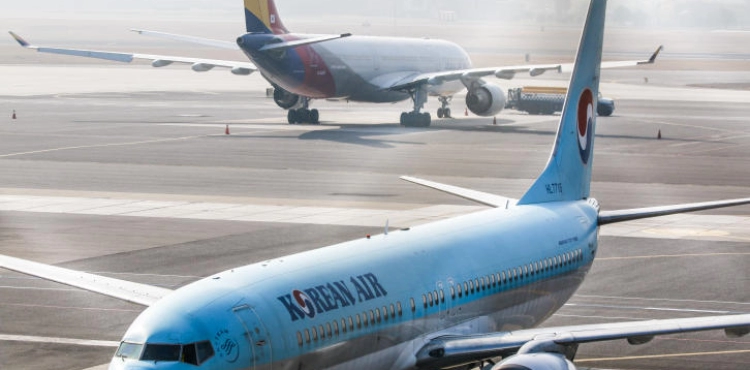Researchers from Russia have succeeded in developing stereoscopic printing techniques for aircraft components made of aluminum using petroleum residues. Thanks to the new technology, they succeeded in increasing the hardness of these components by one and a half times.
The study team from the National University of Science and Technology in Russia added carbon materials to aluminum powder, after they obtained these materials by treating some petroleum gas residues, according to the study published in the scientific journal "Composite Communication."
The TechExplore website, which specializes in technology, quoted researchers from the National University of Science and Technology as saying that the main field of applications for 3D printing with aluminum materials is aircraft parts and components and the aerospace industry.
They added that the main risk behind using these materials is that they are very porous, and the reason for this is the difference in the quality of the aluminum powder that is used in the stereolithography process. The study team suggested that an ultrafine carbon fiber be incorporated into the powder, in order to reduce the degree of porosity and increase the stiffness of the final product.
Researcher Alexander Gromov from the Russian National University of Science and Technology says, "Changing the chemical composition of the powder used in printing by adding additional components to the basic chemical matrix helps improve its properties, especially since the nano-carbon fibers are characterized by superior thermal conduction capabilities, which helps reduce Temperatures between the printed layers during the manufacturing process. "












